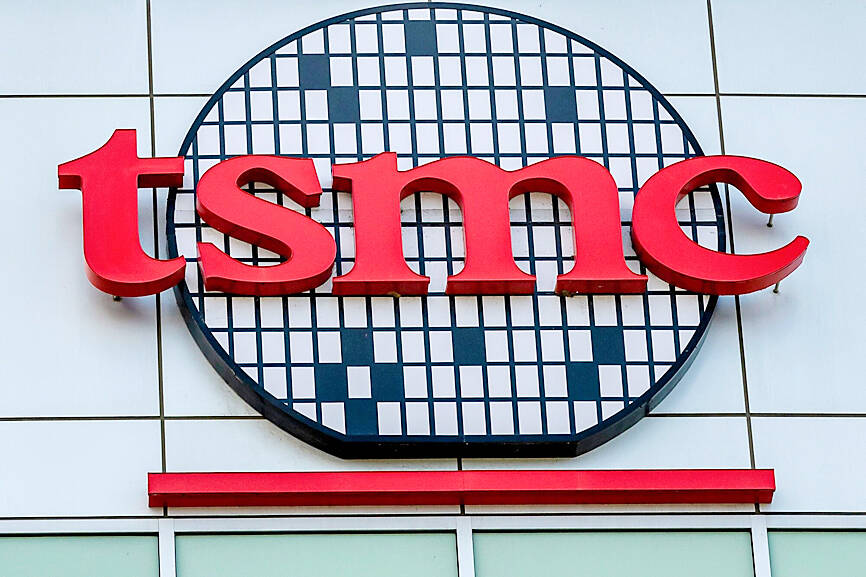Jack TsaurJack Tsaur • FollowingFollowingDirector of Business Development at Vanguard International Semiconductor
TSMC has confirmed its complete exit from the GaN wafer foundry market by 2027, signaling a turning point for how the industry approaches gallium nitride production. While traditional foundries step back, players like Infineon and China’s Innoscience are charging ahead, backed by an IDM model and deep vertical integration.
According to Innoscience Chair Weiwei Luo, power GaN devices aren’t well-suited for the traditional foundry model. These devices require close coupling between design, epitaxy, process, and application, which the foundry-client model struggles to support. Instead, IDM offers the agility and control needed to meet market demands.
GaN devices may involve ~100–150 process steps, primarily around MOCVD epitaxy, isolation, and device fabrication on 8-inch wafers. By contrast:
- Silicon superjunction MOSFETs require ~200–250 steps with complex trench and doping processes at ~0.18–0.35 µm nodes.
- Advanced logic CMOS runs beyond 1,000 steps at 5–28 nm nodes.
GaN’s value lies in material advantages not lithographic scaling. This makes it better suited for power efficiency at higher voltages and frequencies, rather than density or integration.
Innoscience is already delivering:
- 13,000 wafers/month by end-2024, aiming for 70,000 wafers/month by 2028.
- Full-spectrum 8-inch GaN-on-Si product lines.
- AI/datacenter GaN shipments up 669.8%, EV-grade up 986.7% YoY.
- Mass production of 100W GaN drivers for humanoid robotics.
Though 12-inch GaN is on the roadmap, MOCVD tools aren’t yet ready for production-grade 12” GaN epitaxy, making 8-inch the current industry sweet spot.
- Global GaN power device market projected to reach $4.38B by 2030 (TrendForce).
- Growth driven by EVs, AI data centers, robotics, and industrial power.
- IDM players with process control and vertical integration will likely lead.
Foundry models optimize for volume and versatility. GaN, by contrast, demands vertical specialization and tight design-manufacturing coupling.
Reference sources: https://lnkd.in/g5DzSKap ; https://lnkd.in/gXXrdsn8
Let’s shape the future together:
hashtag#GaN hashtag#PowerElectronics hashtag#TSMC hashtag#IDM hashtag#Innoscience hashtag#Semiconductors hashtag#Infineon hashtag#EV hashtag#MOCVD hashtag#TechStrategy hashtag#12InchWafer hashtag#AdvancedPackaging

